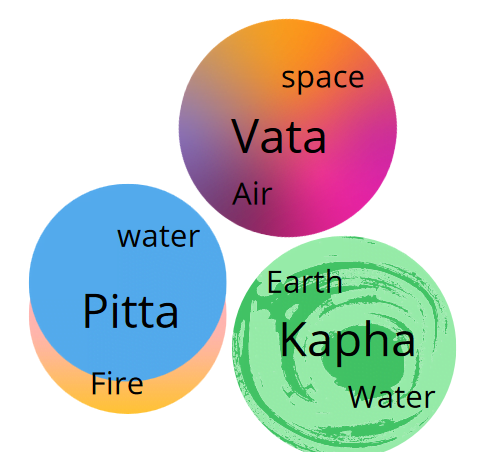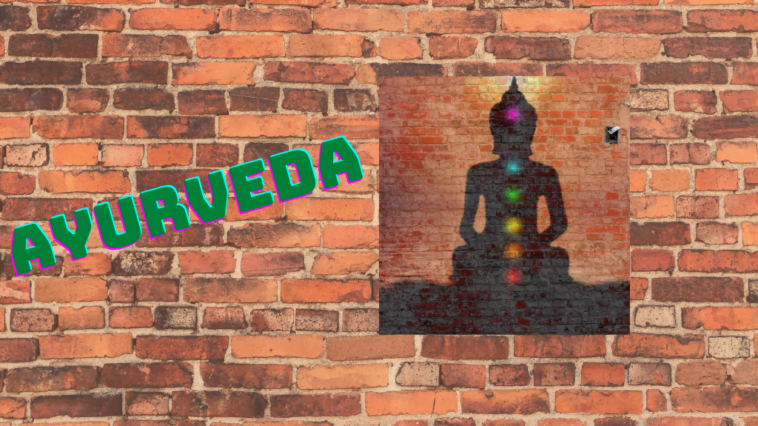Ayurveda is an ancient healthcare medication that is obtain from nature, mainly plants like herbs. Ayurveda originated in India more than 5,000 years ago, Ayurveda comes from the Sanskrit word that is ‘Ayur,’ which means life, and ‘Veda’ means science or knowledge, therefore also called ‘knowledge of life.’ Ayurvedic therapy or medication generally encourage a healthy lifestyle and increase immunity to take away from diseases.
1. Understanding the Ayurveda Work.
In Ayurvedic medicine, the balance between the mind, body, and spirit is essential for maintaining wellness. If there is an imbalance, it can lead to illness. Ayurveda places a huge emphasis on preventing infection and keeping you in good health. The disease is seen as being influenced by an imbalance of energy types.
Ayurveda is not a substitute for western medicines. You can become healthier and prevent illness by following its principle. Ayurvedic treatment can then be use to rebalance the mind and the body.

2. Understanding The Basic Principle of Ayurveda.
The ayurvedic practitioner looks at the symptoms of illness, especially once like imbalance, by taking the pulse, examining the tongue, eye, and body, and observe your behavior according to your dominant dosha type.
Basically, Ayurveda’s principle revolves around the dosha type, which is a combination of five elements or Pancha Maha-Bhoota that is Ether(space), Air, Fire, water, and Earth. According to Ayurveda, everyone is made up of these five elements, and they come together to create three different energy types known as Doshas. Mainly three doshas are known that is Vata, Pitta, and Kapha.
3. Understanding the Dosha type.
In Ayurveda, three types of dosha are Vata, Pitta, and Kapha. As everyone is made from one of these doshas, none of them have a single dosha dominant or say one of these doshas is dominant over the other two doshas.
Understand three doshas

- Vata: It is comprises of space and air. It is link to the movement, breathing, and movement of muscles, tissues, cell membranes. When it’s unbalanced, fear and anxiety are super common for Vata’s person. People with Vata characteristics have a lean body frame, lack of sleep, easily agitated, poor appetite, and digestion issues. They are intolerant to cold but can tolerate heat nicely, unsteady making decisions, and pickling by nature.
- Pitta: This dosha is a combination of fire and water. It is link to the metabolic system, and it is vital for digestion, nutrition, metabolism, and temperature control. When it is unbalanced negative emotions such as anger, jealousy are come out. Pitta types are very cheerful, very social, quick digestion, or eat very fast and digest. They can not tolerate hunger and intolerant to heat, which is a significant and only drawback to these people.
- Kapha: This dosha is comprises of water and Earth. It is link to body structure, and it is important for healthy muscles and bones, joints, lubricants, skin, moisturizer, and immunity. When it’s unbalanced, fear, and anxiety, greed are common emotions. People with Kapha doshas are very calm and don’t get angry very fast, but it remains for a long time if they are angry. These people are slowly spaced, but they take their own time, and their judgment is so decisive that once judged, they never will change. They digest slowly, sleeps deeply, and have a large body frame.
4. Ayurvedic diet according to the Dosha type.
You can balance the doshas with the ayurvedic diet and eat and align with your doshas type because it is essential from the health perspective, provides the right kind of energy, and nourishes your dosha. According to this diet, your dosha determines which food you should eat to promote inner balance.
- Vata person should eat sweet fruits, cooked veggies, red lentils, grains are an excellent choice for them. They should avoid frozen and raw veggies, cheek peas, potatoes, bitter herbs, and yogurt because they can make Vatas unbalanced.
- Pitta person should eat sweet or bitter veggies, beans, black beans. Pitta type of person should avoid pungent veggies, sour fruits, brown rice, cream, and seafood.
- Kapha people should eat pungent fruits like pomegranate, veggies like carrots, tomatoes, and buttermilk, cheese. This food is the right choice for balancing Kapha.
The ayurvedic diet encourages eating healthy whole foods but limits the artificial sweeteners, processed ingredients, red meat. These are limits for all three doshas.
to know more about health of the digestive system, click here…



GIPHY App Key not set. Please check settings